What changes will the integration of 5G and the Internet of Things bring?
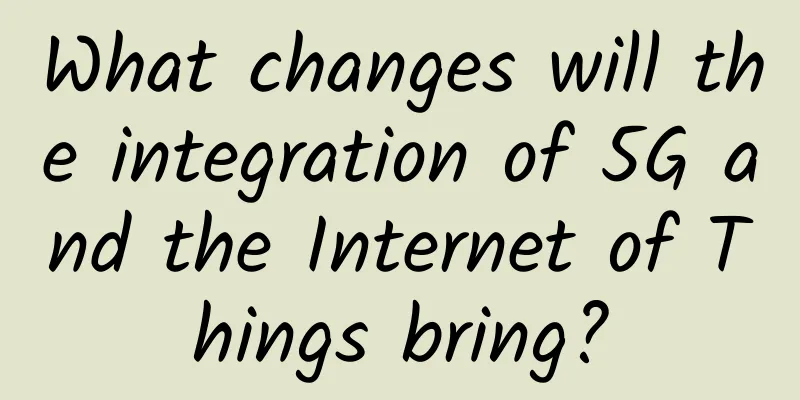
|
The convergence of 5G and the Internet of Things (IoT) is the next natural step for two advanced technologies designed to make users’ lives more convenient, easier, and more efficient. But before we talk about how they will combine, we need to understand each of the two technologies.
Simple definition; 5G represents the next generation of cellular networks compared to the current standard 4G; 4G upload speeds range from 7 Mbps to 17 Mbps, and download speeds range from 12 Mbps to 36 Mbps; while 5G transmission speeds may be as high as 20 Gbps. Latency will also be close to 10% of 4G transmission, and the number of devices that can be connected will increase significantly, which guarantees integration with the Internet of Things. The Internet of Things (IoT) is an increasingly complex ecosystem; a world of connected things that provide critical physical data and further process that data in the cloud to provide business insights - bringing huge opportunities to many players across all businesses and industries. Many businesses are organizing to focus on the IoT and the connectivity of their future products and services. The Internet of Things can be better understood through its four building blocks: sensors, networks, cloud/AI, and applications, as shown in Figure 1. Figure 1: IoT components When you combine these two technologies, 5G will impact all components of the IoT, directly or indirectly, sensors will have more bandwidth to report actions, networks will deliver more information faster, and for cloud and AI, real-time data scenarios will become a reality, and applications will have more capabilities and cover many options given the wide bandwidth provided by 5G. Benefits of using 5G in IoT1. Higher transmission speedWith transfer speeds of 15 to 20 Gbps, we can access data, files, and programs on remote applications faster. By increasing the use of the cloud and reducing the reliance of all devices on internal device memory, there is no need to install large processors on the device because the calculations can be done on the cloud. This will extend the life of sensors and open the door to more types of sensors with different types of data, including high-definition images and real-time motion. 2. Connect more devicesThe impact of 5G on IoT is obviously the increase in the number of devices that can be connected to the network. All connected devices will be able to communicate with each other and exchange information in real time. For example, a smart home will have hundreds of devices connected in every possible way, making our lives more convenient and enjoyable through smart appliances, energy, security, and entertainment devices. In the case of industrial factories, we are talking about thousands of connected devices used to streamline the manufacturing process and provide security. Moreover, the concept of building a smart city will become possible and manageable at scale. 3. Lower latencyIn simple terms, latency refers to the time that passes between the command given to a smart device and the action taking place. Thanks to 5G, this time it will be ten times less than with 4G. For example: Due to lower latency, the use of sensors in factories can be increased, including: it is now possible to control machines, control logistics or transport remotely. Another example, lower latency leads healthcare professionals to intervene in surgical operations from remote areas with the help of sophisticated instruments that can be managed remotely. Challenges of 5G and IoT integration1. Operation across multiple frequency bands5G won’t replace all existing cellular technologies anytime soon, it will become an option in addition to what we have now, and with the new hardware needed to fully exploit the power of 5G, the second component of IoT, “the network”, will now have more options and can handle a wide range of frequencies as needed, rather than being limited to just a few options. 2. Gradual upgrade from 4G to 5GThe plan is to gradually replace 4G with all the infrastructure available now, which must be done at multiple levels and stages; software, hardware and access points. This will require a lot of investment from both users and businesses, the timetable for replacing 4G varies in different parts of the country, which will create challenges for services based on 5G, and the ability and desire of users to upgrade their devices to "5G compatible" devices is still a big unknown, requiring a lot of incentives and education to convince individuals and businesses to take action. 3. Data interoperabilityThis is an issue with IoT as the industry evolves, the need for a standard model to perform common IoT backend tasks such as processing, storage, and firmware updates becomes increasingly important. In this newly sought model, we may see different IoT solutions working together with common backend services, which will guarantee a level of interoperability, portability, and manageability that is almost impossible with the current generation of IoT solutions. Creating this model is no easy feat by any stretch of the imagination, and the standardization and implementation of IoT solutions face obstacles and challenges, all of which this model needs to overcome, with interoperability being one of the main challenges. 4. Establish 5G business modelThis is a big incentive to start, invest and run any business and we will have a bubble again without a sound and solid 5G-IoT converged business model that must meet all the requirements of all kinds of e-commerce; vertical, horizontal and consumer markets. But this category has always been a victim of regulatory and legal scrutiny. Examples of 5G applications in the Internet of ThingsAI algorithms and automation can and will replace many human jobs in the near future, here are the brief ways and reasons why: 1. CarOne of the main use cases for 5G is the concept of connected cars, enhanced vehicle communication services, including direct communication (between vehicles, vehicles and pedestrians, and vehicles and infrastructure) and network-assisted communication for autonomous driving. In addition to this, supported use cases will focus on vehicle convenience and safety, including intent sharing, path planning, coordinated driving, and real-time local updates. This brings us to the concept of edge computing, a promising derivative of cloud computing, where edge computing allows computation, decision-making, and action to be performed by IoT devices, and only relevant data is pushed to the cloud. These devices, called edge nodes, can be deployed anywhere there is a network connection: on a factory floor, on top of a utility pole, beside a railroad track, in a vehicle, or on an oil rig. Any device with computing, storage, and network connectivity can become an edge node. Examples include industrial controllers, switches, routers, embedded servers, and video surveillance cameras. 5G will make communication between edge devices and the cloud a breeze. 2. IndustryThe Industrial Internet of Things (IIoT) is a network of physical objects, systems, platforms, and applications that contain embedded technology to communicate and share intelligence with each other, the external environment, and people. The increased availability and affordability of sensors, processors, and other technologies that help facilitate the capture and access of real-time information is driving the adoption of IIoT. 5G will not only provide a more reliable network, but also an extremely reliable network. Providing a secure network for the Industrial Internet of Things by integrating security into the core network architecture. Industrial facilities will be one of the main users of private 5G networks. 3. HealthcareThe use of 5G will enable the requirement for real-time networks, which will significantly change the healthcare industry. Use cases include real-time transmission of high-definition surgical videos that can be monitored remotely. The concept of telemedicine in real time and with greater bandwidth will become a reality, and IoT sensors will be more sophisticated, providing more in-depth patient medical information instantly, such as doctors being able to examine and diagnose patients while they are in an emergency, and vehicles saving a few minutes on the way to the hospital, which can be the difference between life and death. The 2020 coronavirus pandemic taught us the importance of alternative channels for in-person medical visits, and during this time, many startups created applications for telehealth services. 5G will drive the use of such applications and make our doctor visits more efficient with less wait times. |
<<: Is your network AI as smart as you think?
>>: First release | The creator of the low-code concept has proposed a new development paradigm
Recommend
Zhang Hao from Ele.me: A food delivery guy sent by AI
[51CTO.com original article] On July 21-22, 2017,...
Network Basics: How IP and MAC Addresses Work
Both IP addresses and MAC addresses identify devi...
The first "government cloud" platform in our province was launched in Xinzhou
Recently, with the "Xinzhou Public Trading P...
How to improve WiFi signal without changing wireless router
I believe that a considerable number of netizens ...
What are some use cases for network automation?
As the networks run by enterprises become increa...
SD-WAN: 10 essential considerations organizations need to weigh
SD-WAN is one of the hottest new network technolo...
IPv6: Why should I make up for the mistakes made by IPv4?
IPv6 should have been developed greatly in the pa...
AkkoCloud: UK CN2 GIA/Germany CN2 GIA/US CN2 GIA annual payment starts from 299 yuan
At present, it is still a good choice to visit ov...
Use the PipedInputStream class and the PipedOutputStream class to learn about communication between pipe streams.
[[433836]] Hello everyone, I am a Java expert. Pr...
Maxthon Hosting: Unpopular CN2 Data Center, German CN2/Netherlands CN2 (Anti-complaint), 2G memory package starting from 60 yuan per month
In January, we shared the news about Maxthon'...
Five strategies for WAN data acceleration
Flash storage, hyperconverged infrastructure, Lin...
Understand in one article how the intranet and extranet communicate?
For network developers, we often use TCP and UDP ...
9 Ping Monitoring Tools Worth Paying Attention to for Network Administrators
Ping monitoring is one of the most popular techni...
5 ways 5G will change the world
As communications technology goes, the switch fro...
On the Importance of Redundant Backup in Data Centers
It is a commonplace to say that data centers need...


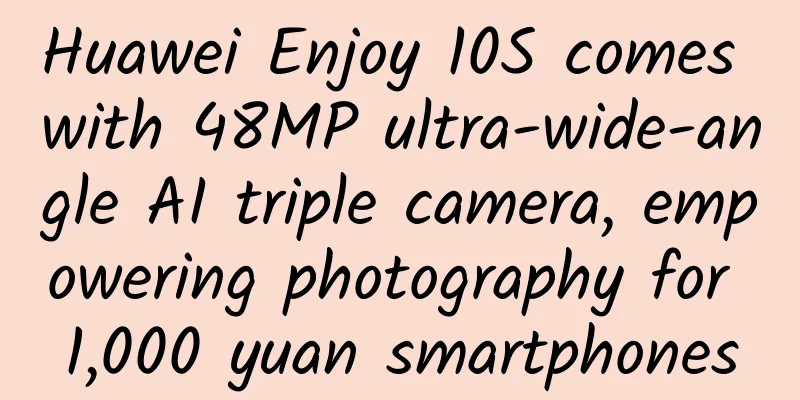
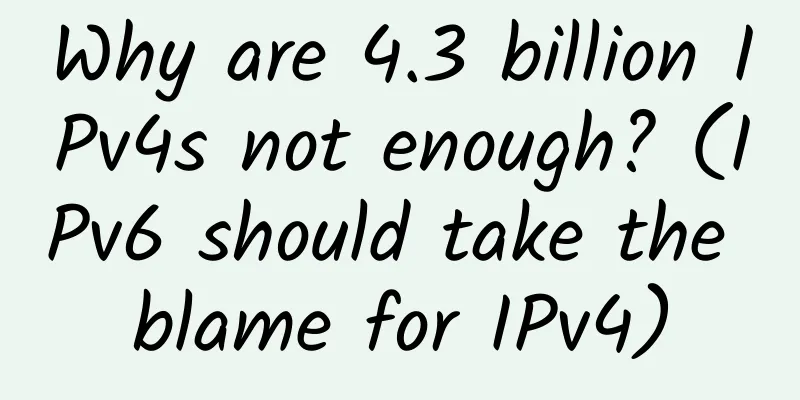
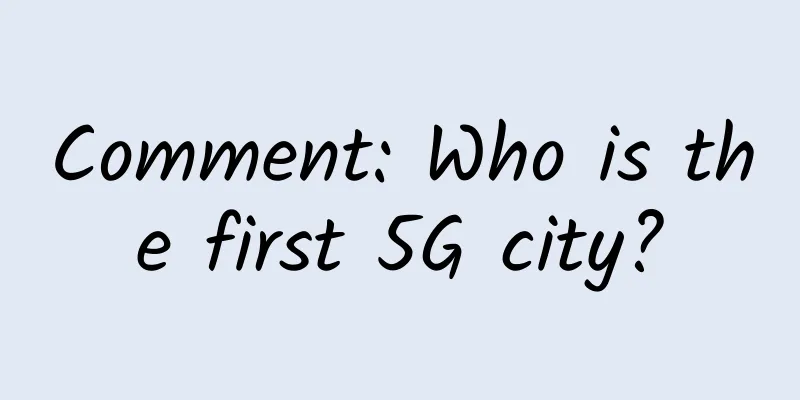
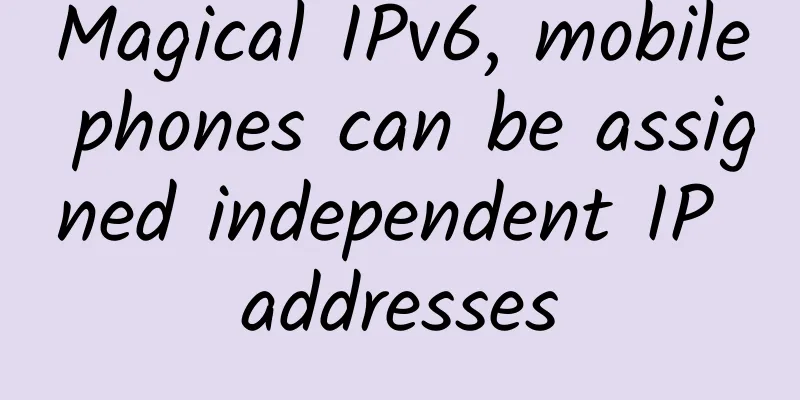
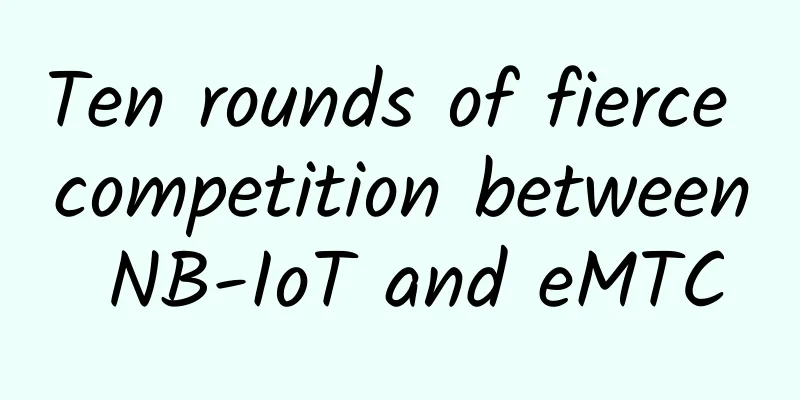


![[6.18] UFOVPS 20% off, top up 200 yuan and get 10 yuan, US CN2/Japan CN2 GIA/Hong Kong CN2 GIA optional](/upload/images/67cabe6b63f72.webp)